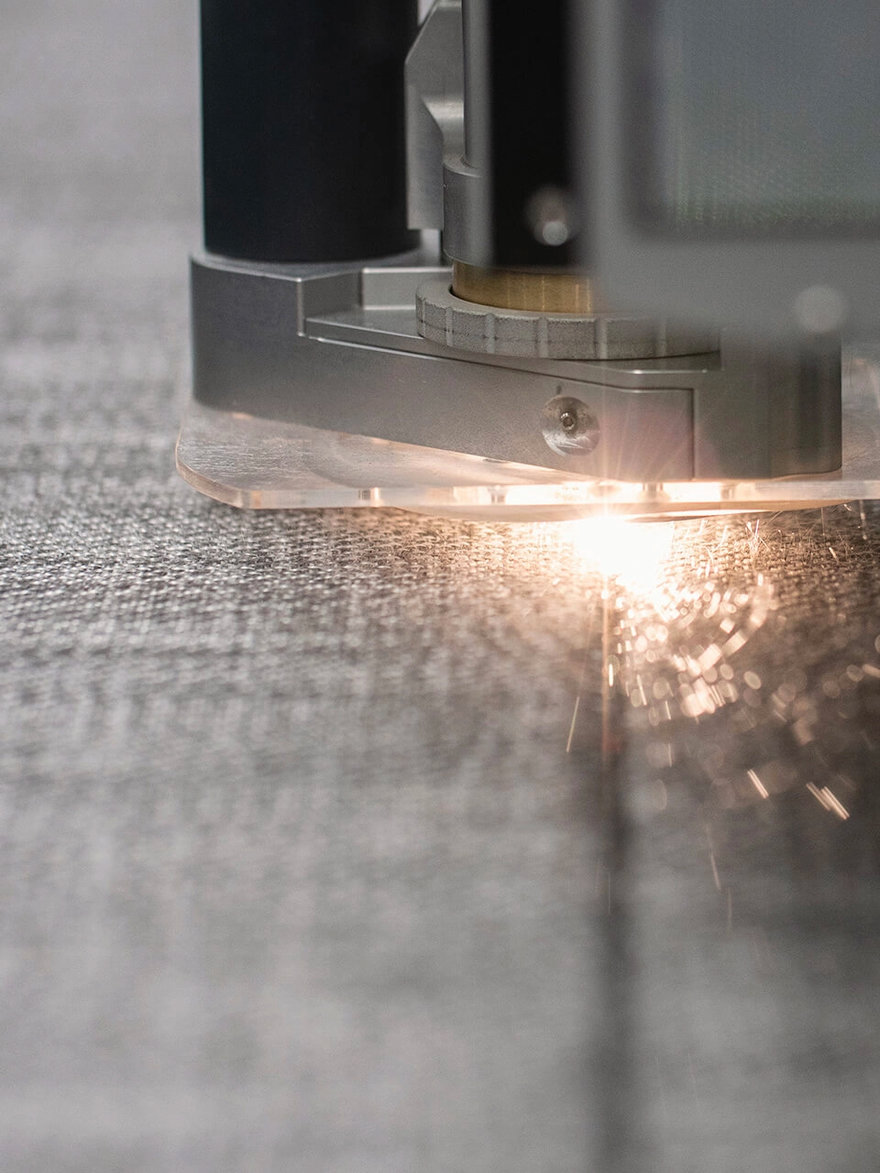How Arrival Designed Their Vehicles to Sidestep the Most Expensive Parts of Automobile Mass Production
Betting that the microfactory will be more profitable than the assembly line
We've already talked about the design of Arrival's electric delivery vans. Now let's talk about that all-important first half of the term "industrial design:" How do they plan to produce these? Here are the strategies they're hoping will make their microfactories more efficient than traditional mass production, and enable them to deliver more affordable product to their customers.
First off, it takes hundreds of millions to over a billion dollars to set up a new auto plant. You need to hire a couple thousand workers to man it, and pump out six figures' worth of vehicles before the economies of scale start to return any profit.
 How the big dogs do it
How the big dogs do it
Arrival says their microfactories--of which they're planning to build three so far--will run just $50 million each. That's relative chump change.
 An Arrival Microfactory
An Arrival Microfactory
To whittle the cost that low, they've designed their vehicles to not require the three most expensive parts of a traditional auto factory: The gigantic presses that stamp the body parts, the welding robots, and the painting area (which, these days, also requires expensive robots). Those areas typically run in the hundreds of millions.
Arrival has managed to eliminate those three pricey production elements by doing away with as much steel as possible. That gets rid of the stamping presses and the welding 'bots. In place of steel they're using "components made from advanced composites, a mix of polypropylene, a polymer used to make plastics, and fiberglass," according to the Times. "These parts are to be held together by structural adhesives instead of metal welds." And to do away with the paint shop, Arrival simply has the composites produced in the desired colors.


Then there's the footprint. A traditional factory needs acreage, multiple hangar-sized buildings, tons of fixtures, and lots of set-up time to get it all together. In contrast Arrival's microfactories "can be deployed quickly, making use of existing commercial spaces," the company writes. I got my vaccination shot in a decommissioned J.C. Penney. There's plenty of those around, not to mention shopping malls.

Because Arrival is doing away with the Henry Ford production line and going with "cell-based assembly:" A half-dozen workstations where teams of less-expensive-than-welding-'bots robots and/or humans complete a particular phase of the build, before the vehicle is wheeled over to the next station--there's more flexibility of layout.

"We realise that products need to be defined by the processes that make them," the company writes. "Designing vehicles for Microfactory assembly is core to our product development process and is an essential part of what makes our vehicles unique."

Arrival currently has a microfactory set up in Bicester, England and is in the process of setting up their first U.S. microfactory in Rock Hill, South Carolina. A third is scheduled for Charlotte, North Carolina.

All if it sounds good on paper; now we've got to see how smoothly everything actually works in the real world. I know Elon Musk is watching and wringing his hands, but I can't guess if his expression is worried, or more "Wait 'til you guys see what you're in for."
-
oFavorite This
-
Q3Comment
K
{Welcome
Create a Core77 Account
Already have an account? Sign In
By creating a Core77 account you confirm that you accept the Terms of Use
K
Reset Password
Please enter your email and we will send an email to reset your password.




Comments
I find the idea of smaller factories placed in each market very interesting, compared to one large factory shipping large high value products all over the world. Everything I have read about Arrival so far has been facinating, but I don't doubt they will have their challenges coming to market as such a small niche manufacturer without a network of service support in each country. I hope they succeed, Their vehicles are refreshingly different and more like moving rooms and furniture than many current commercial vehicles. Definately a company I would love to see operate in Denmark.
(I work for an Automotive OEM)
Wow. Truly smart thinking. It will be interesting to see how the end product holds up.